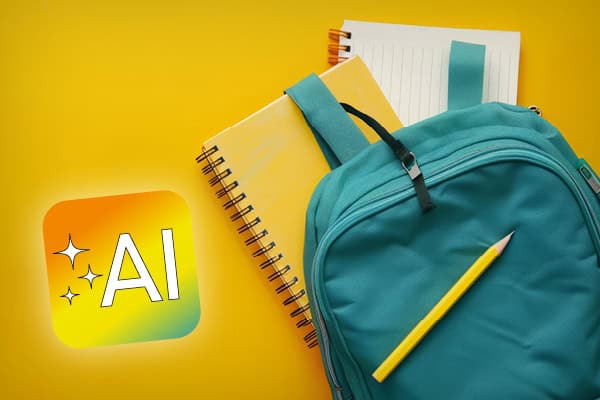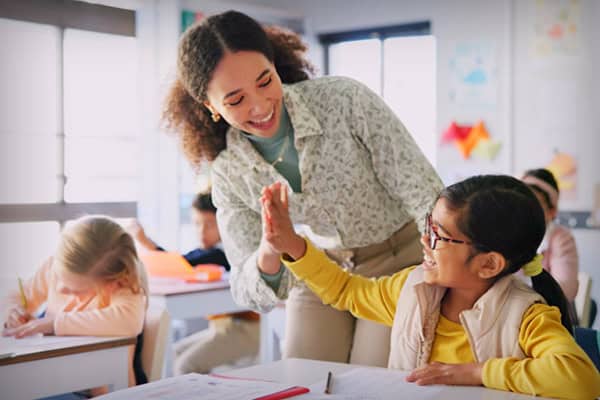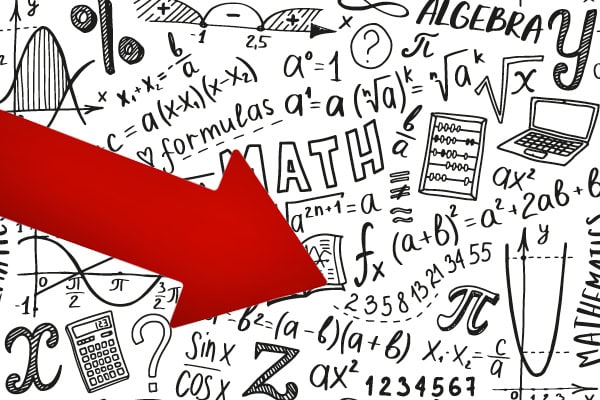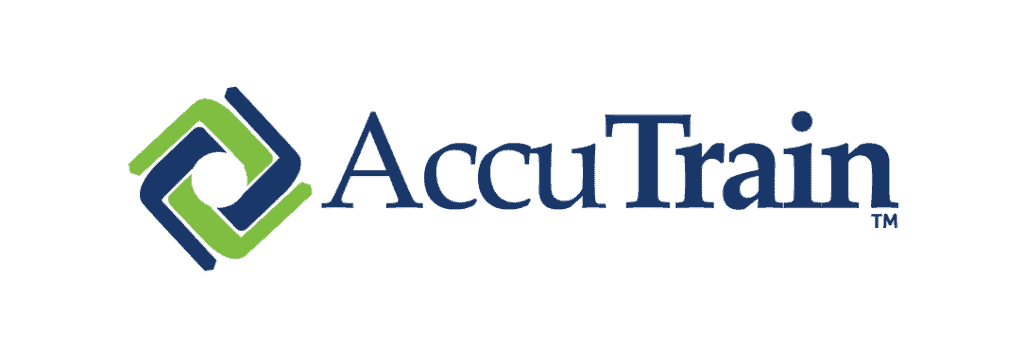Thoughtful rollouts, ample training and clear guidance are keys to how leading-edge schools are bringing artificial intelligence into their districts, according to an article in EdTech.
“When you have over 30 kids in a classroom, how can AI help to support students’ learning to reach them wherever they are?” asks Lisa Watkins, the executive director of instructional technology and innovation at Gwinnett County Public Schools (GCPS) near Atlanta. “This can really be a game changer for teachers.”
A team at the district began studying the future of AI in education three years before ChatGPT’s launch. The team explored a two-part question: How should GCPS prepare students for using AI, and how could AI empower teachers to deliver personalized learning?
Today the district employs a cross-division team that is expanding and refining its AI initiative. Policy and procedures have been refined to include AI and establish a human-centered approach to AI emphasizing ethical, responsible use.
In 2022, GCPS opened Seckinger High School, which integrates AI throughout the curriculum and offers an AI career and technical education pathway for students. Three elementary schools and a middle school feeding Seckinger have also adopted AI learning and follow the district’s AI Learning Framework, which provides grade-level guidance on how to incorporate AI into learning standards.
Seckinger students are more engaged in their classwork because AI’s real-world relevance is clear, says Sallie Holloway, the district’s director of artificial intelligence and computer science.
A pilot program that would bring AI-enhanced computer science instruction to secondary students across Illinois is being developed by Nancy Amato, a computer science professor at the University of Illinois Urbana-Champaign. Her work on bridging the gap between high school and college is based on a large, entry-level class that her university offers to incoming first-year students, with lessons and exercises that adapt to keep pace with student progress.
“Even though we have these huge numbers of students, we can do this because we are engaging AI to personalize instruction,” Amato says. “Those are the kinds of things we need to develop and make available to our K–12 teachers too, because they have the same issues.”
Wichita Public Schools (WPS) in Kansas recognized ChatGPT’s potential early on and in 2022 formed a team to study AI as an essential skill for students and to facilitate project-based learning and learning for various languages, reading levels and accessibility needs.
WPS (47,000 students in 88 schools) gives teachers, administrators and staffers access to Microsoft Copilot, either the enterprise version available in Microsoft 365 or the free version accessible through Microsoft Edge. Administrative staff have been trained to use tools such as Canva Magic Media to enhance clerical tasks.
“It has to be a holistic approach,” says Katelyn Schoenhofer, WPS’ first AI specialist. “We started with administrators, then teachers, and then we will move to students. Make sure you’re planning with that in mind and with that goal of supporting every person within the system.”
In Georgia, GCPS has a robust teacher training program which is level-setting to build background knowledge. Teachers create AI-based lessons and school leaders provide ongoing support. Importantly, the district recognized early on that technical proficiency is only part of what it wants students to learn.
“The most important parts are those human-only skills, like ethics, creative problem-solving and design thinking,” Holloway says.
Amato agrees: “There’s bringing everyone up to speed so they’re able to engage in the use and development of AI, but we also need AI literacy for everyone, so they understand the systems they’re interacting with.”
EdTech





